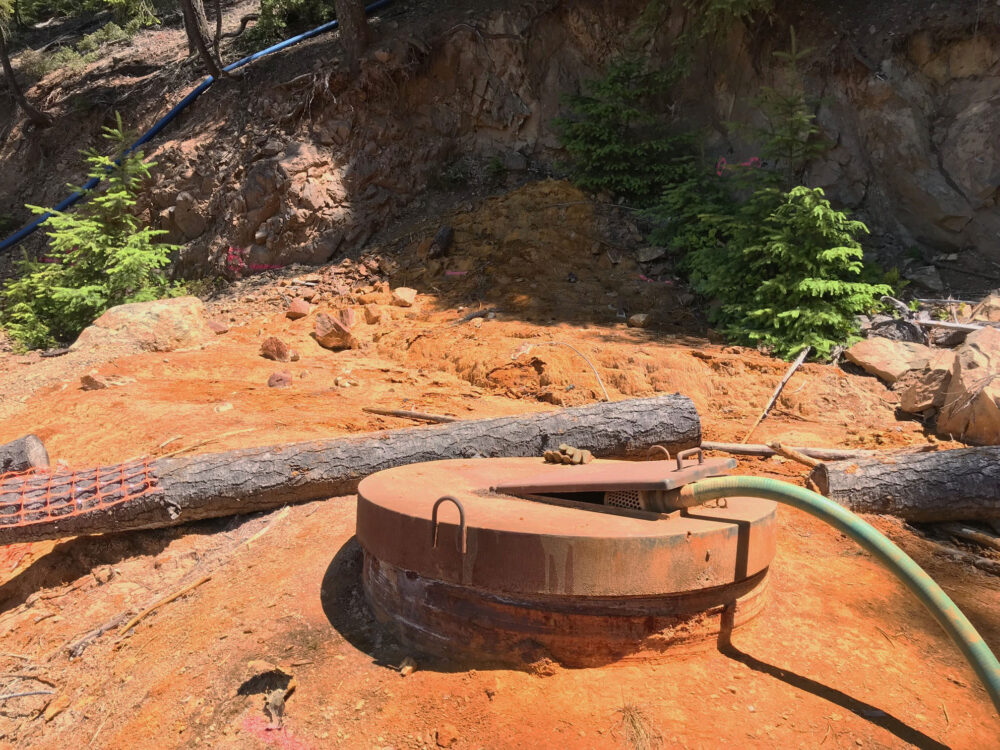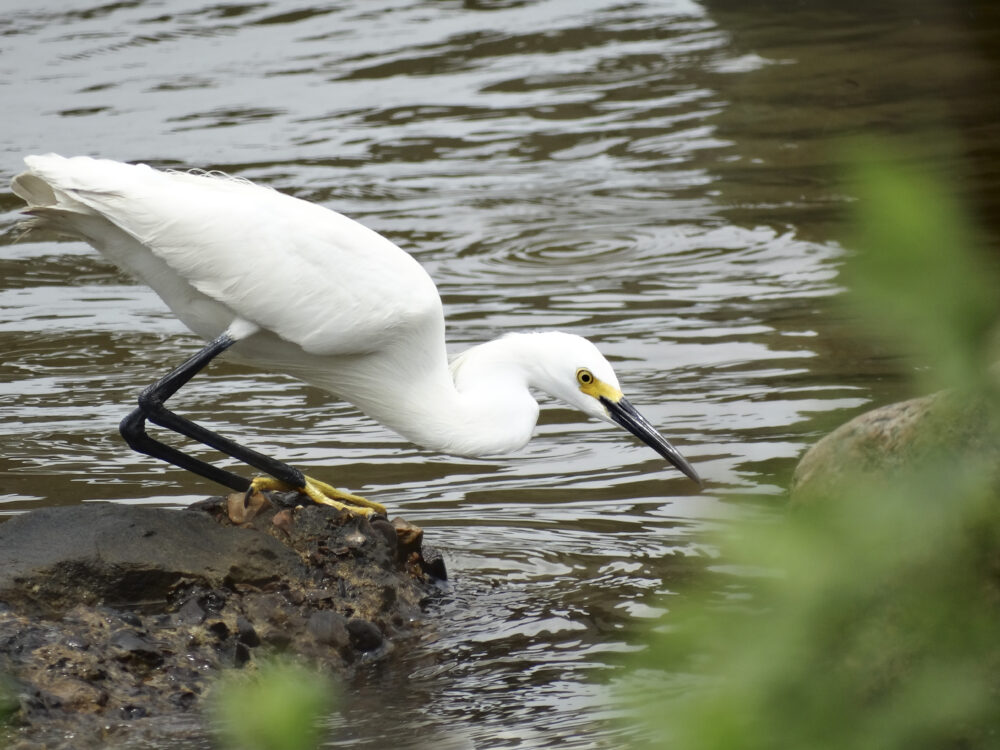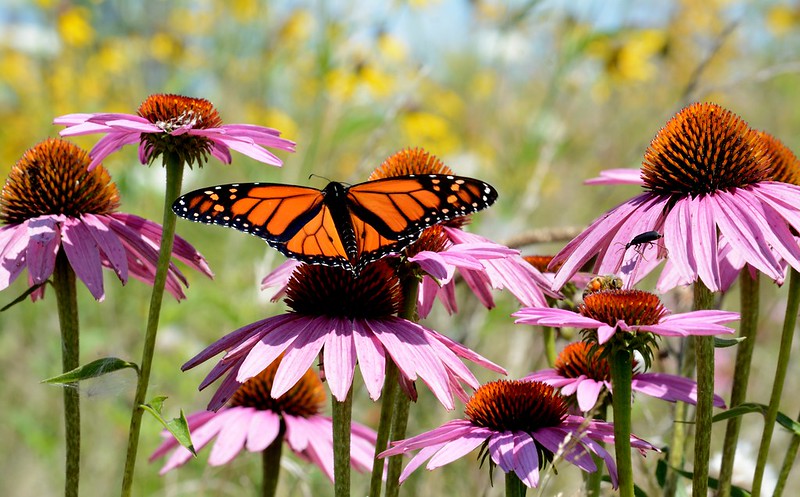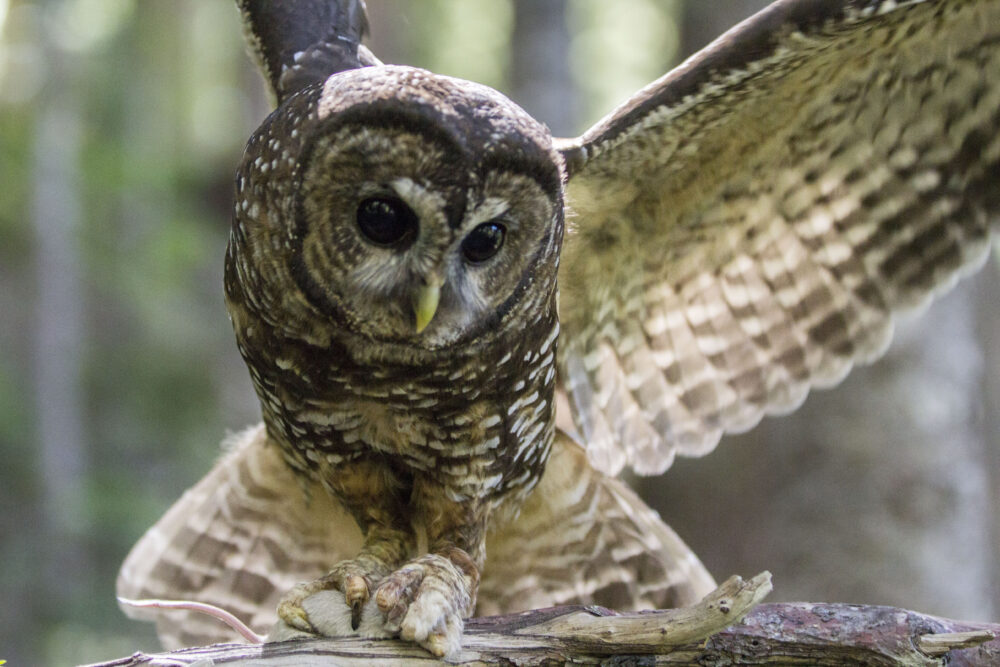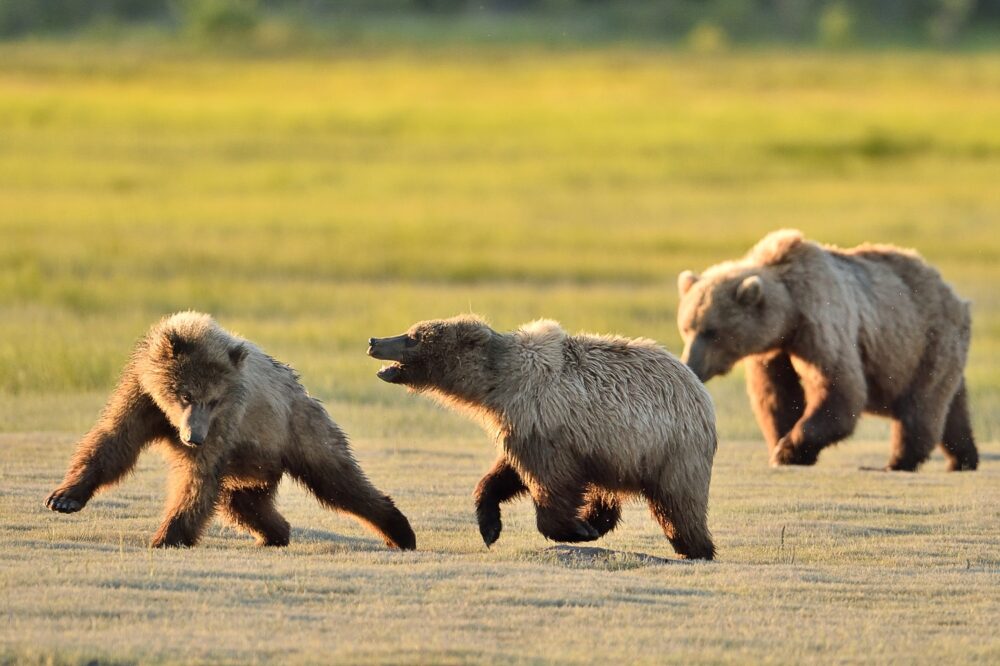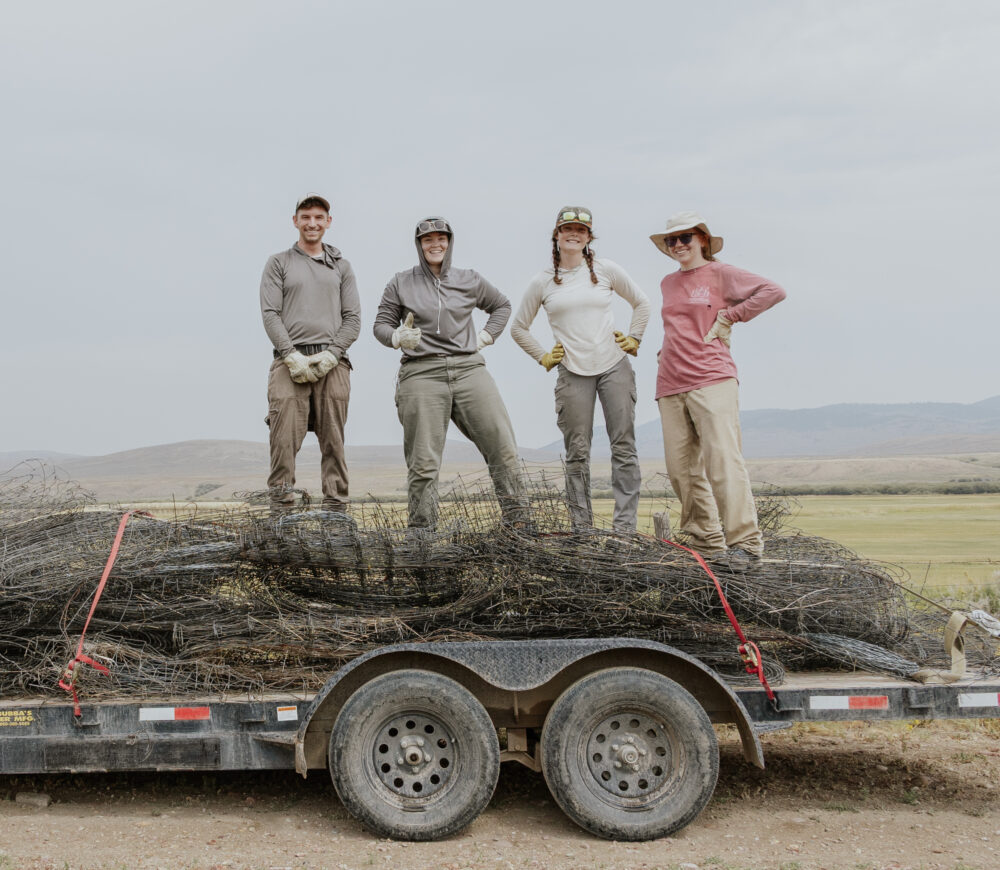We have much more to do and your continued support is needed now more than ever.
Vacant Lots to Pollinator Habitat in Philadelphia, PA
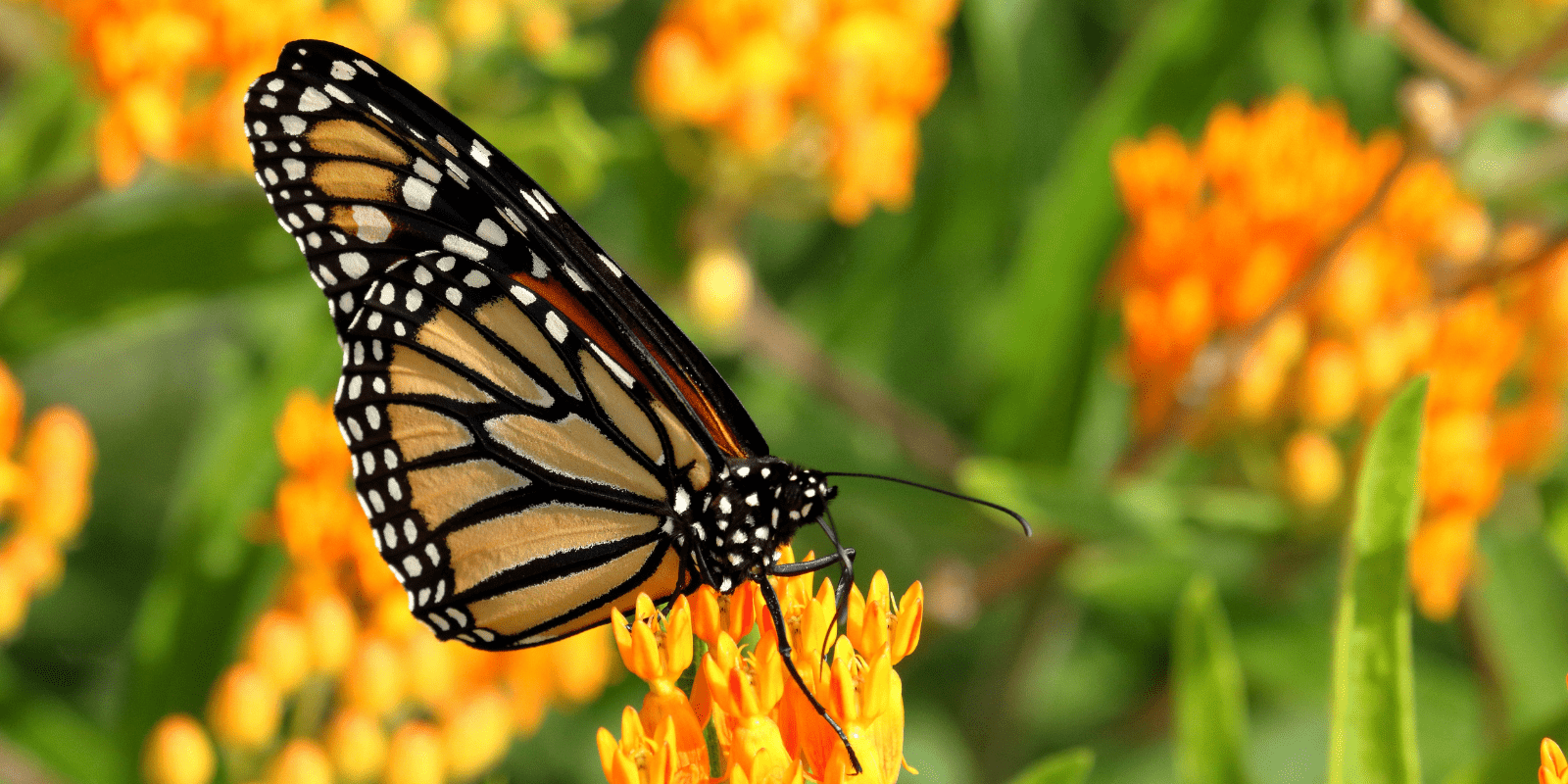
Over the past two years, the National Wildlife Federation has been working with the Pennsylvania Horticultural Society to transform a network of 26 vacant lots in West and Northwest Philadelphia into 50 climate-resilient pollinator gardens. This work was made possible through a grant award from the Wildlife Conservation Society through its Climate Adaptation Fund; the support to establish the Climate Adaptation Fund was provided by a grant to the Wildlife Conservation Society from the Doris Duke Charitable Foundation.
These gardens improve the connectivity and diversity of habitat within the city. They also reduce the impacts of climate change through heat absorption and flooding mitigation — while also serving as a stop for migrating pollinators, which enriches biodiversity and supports a stronger ecosystem.
As part of this project, National Wildlife Federation collaborated with Dr. Chris Swan, a leading researcher from the University of Maryland, Baltimore County, whose work focuses on the ecology of vacant lot restoration. The goal of this partnership was to choose the ideal plants for vacant lot restoration.
This process took into account several factors including the survival rates of the plants after several months of maintenance, the moisture levels and compactness of the surrounding soil, and the plants’ ability to absorb stormwater. The combination of these factors determined the overall success of the gardens.
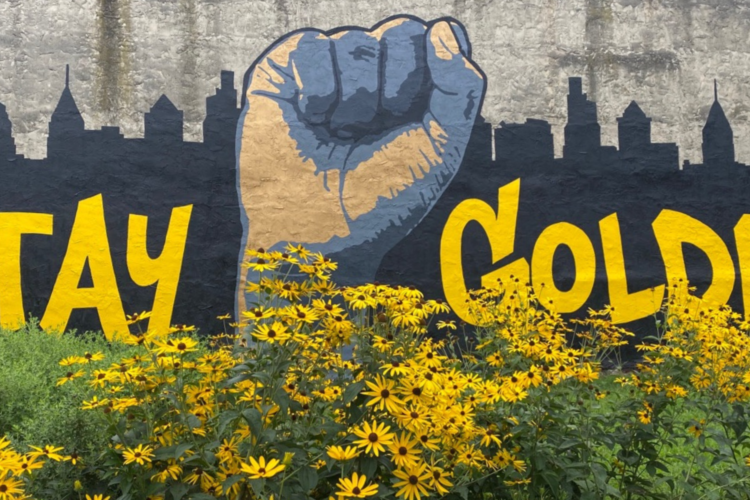
National Wildlife Federation and Pennsylvania Horticultural Society chose to focus the research on Mantua and Strawberry Mansion. Both of these neighborhoods are in the urban center of Philadelphia, have high populations and vacant lot densities, and are close to large green spaces. When selecting plants for vacant lot restoration, it was crucial that all species were native to the region and able to withstand extreme environmental changes. Thirteen unique plant species were chosen in the end and randomly assigned in varying quantities to all of the vacant lots.
After the initial planting and a few months of routine maintenance, we conducted field research to determine the success of the gardens. Our research suggested that regardless of the number of plant species in a garden, the capacity to absorb runoff from the adjacent lot is the same. We also found that soil moisture levels were higher in the areas surrounding the pollinator gardens.
This finding suggests that the soil in the pollinator gardens is well-drained, as the plants are taking up more rainfall that would otherwise make its way to the nearest waterbody. Their ability to absorb more rainwater increases their capacity to prevent flooding during heavy rainfall events.
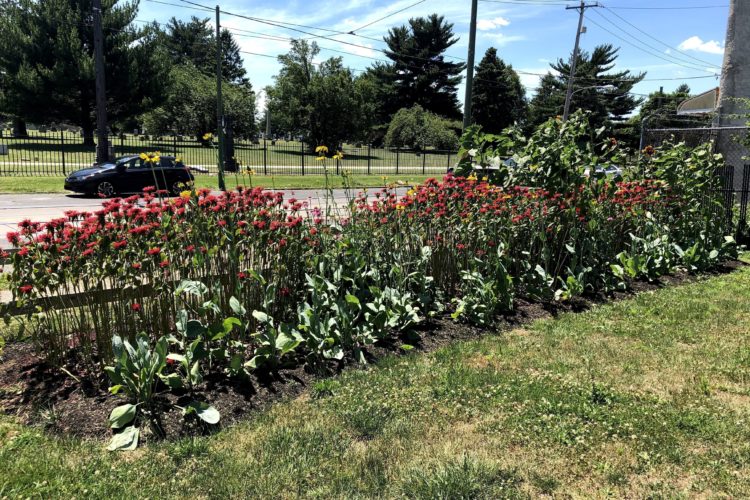
The research also shed light on the success of different plant species. Overall, the majority of the gardens were very successful, meaning the plants in those gardens were effective at absorbing stormwater runoff and had high survivability rates. However, there were a few species that proved to be better suited for vacant lot restoration.
Among the most successful species were all of the coneflowers (purple coneflower, upright prairie coneflower, sweet coneflower, and giant brown-eyed susan), likely due to their sturdier structure and height. Some other species with high survivability rates include blazing star, butterfly milkweed, rough goldenrod, and aromatic aster. However, one plant species, prairie dropseed, had very low survival rates. We can assume that this native grass is not suitable for vacant lot restoration in the area.
We believe an ideal planting palette for vacant lot restoration consists of a planting design that includes six to eight native plant species in a 300 square foot pollinator garden. This takes into account aesthetic appearance, community perception, and ease of maintenance. However, this planting palette still provides critical pollinator habitat and is likely just as effective at absorbing stormwater as pollinator gardens with more species.
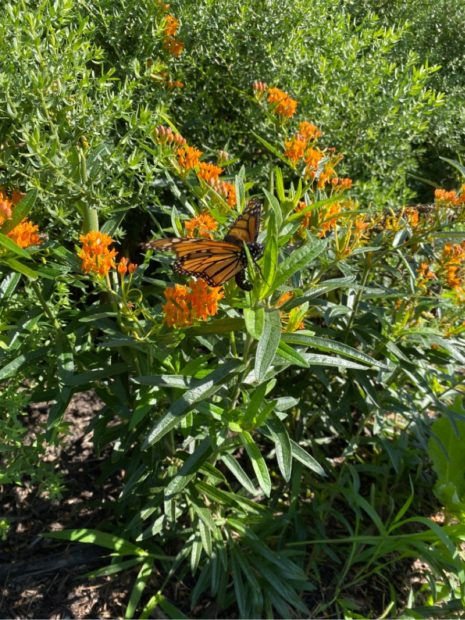
If you are interested in transforming vacant land in your city into pollinator habitat, we recommend starting with a 300 square foot garden and checking out National Wildlife Federation’s Native Plant Finder to determine the best plant pieces for your area.
Restoration of abandoned and/or vacant land is a multi-benefit solution that provides key habitat, community health, and workforce development opportunities as cities move toward greener, more sustainable ecosystems.
If you are interested in learning more about creating wildlife habitat in your community, visit National Wildlife Federation’s Garden for Wildlife webpage to learn more!
This project was generously funded by the Wildlife Conservation Society through its Climate Adaptation Fund.



